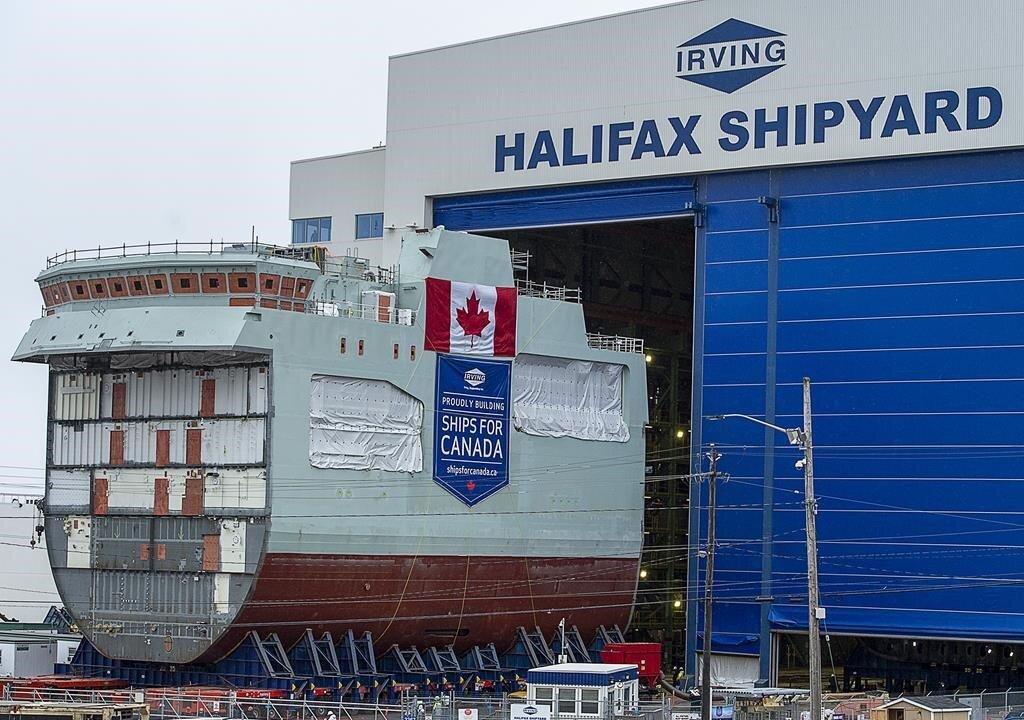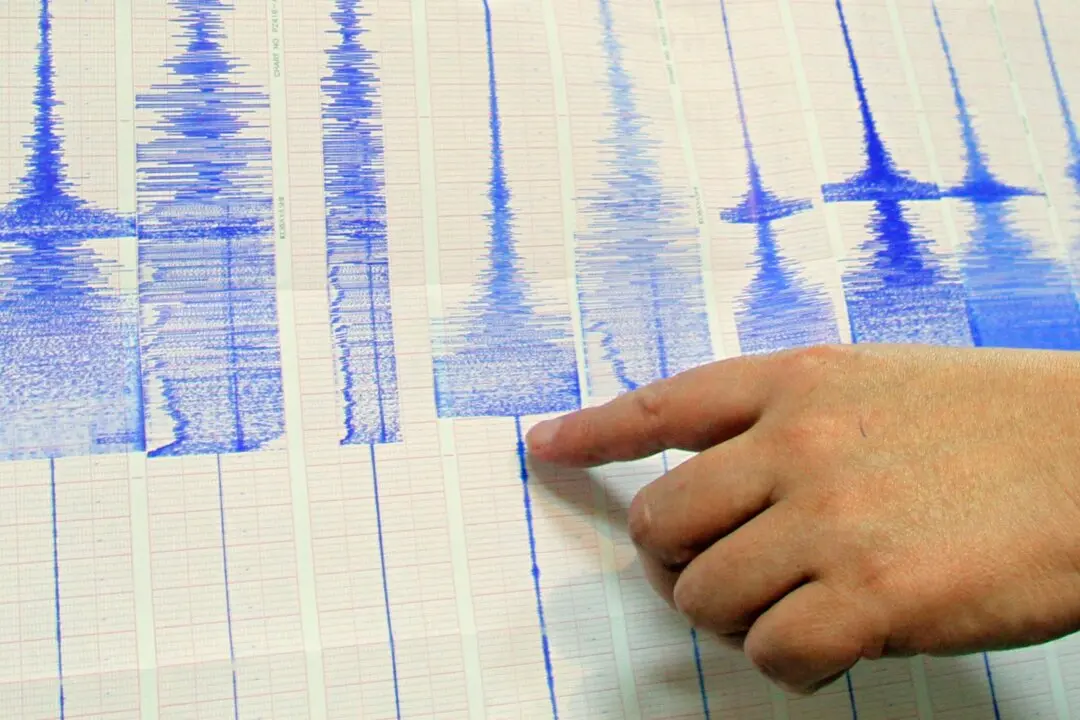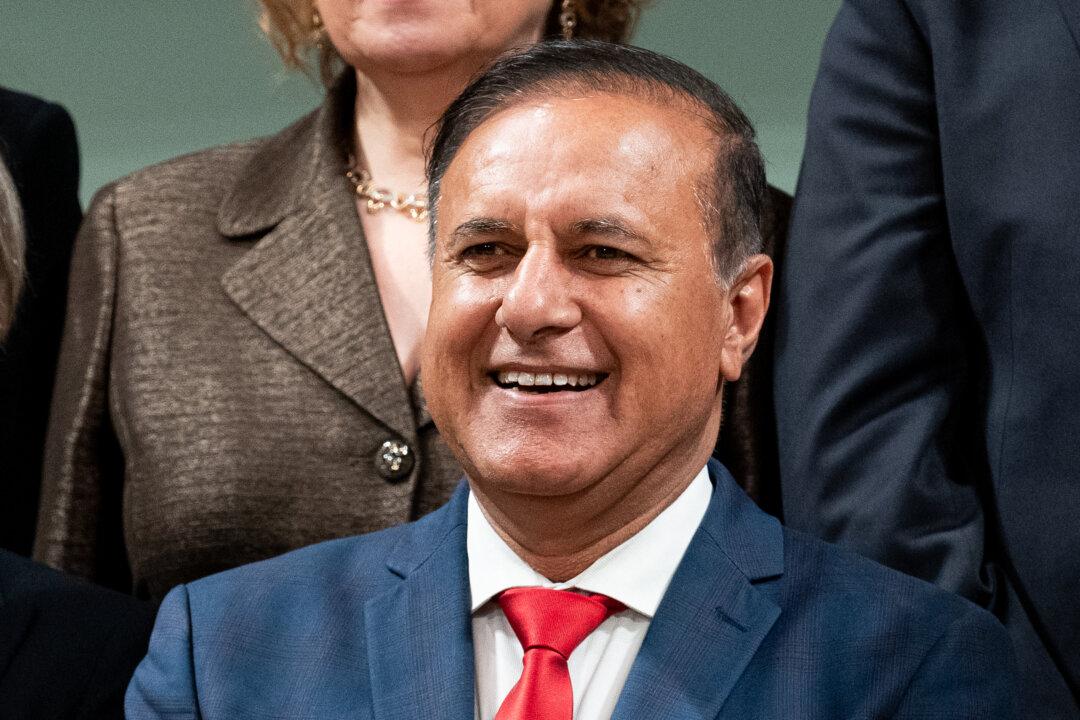OTTAWA—Retired vice-admiral Mark Norman is warning the Royal Canadian Navy to start preparing for some hard discussions as delays and escalating costs continue to buffet the country’s $60-billion plan to build new warships over the coming decades.
The Department of National Defence revealed this week that the first of 15 new warships being built to replace the Navy’s 12 frigates and three already-retired destroyers will be delivered in 2030 or 2031, years later than planned.





